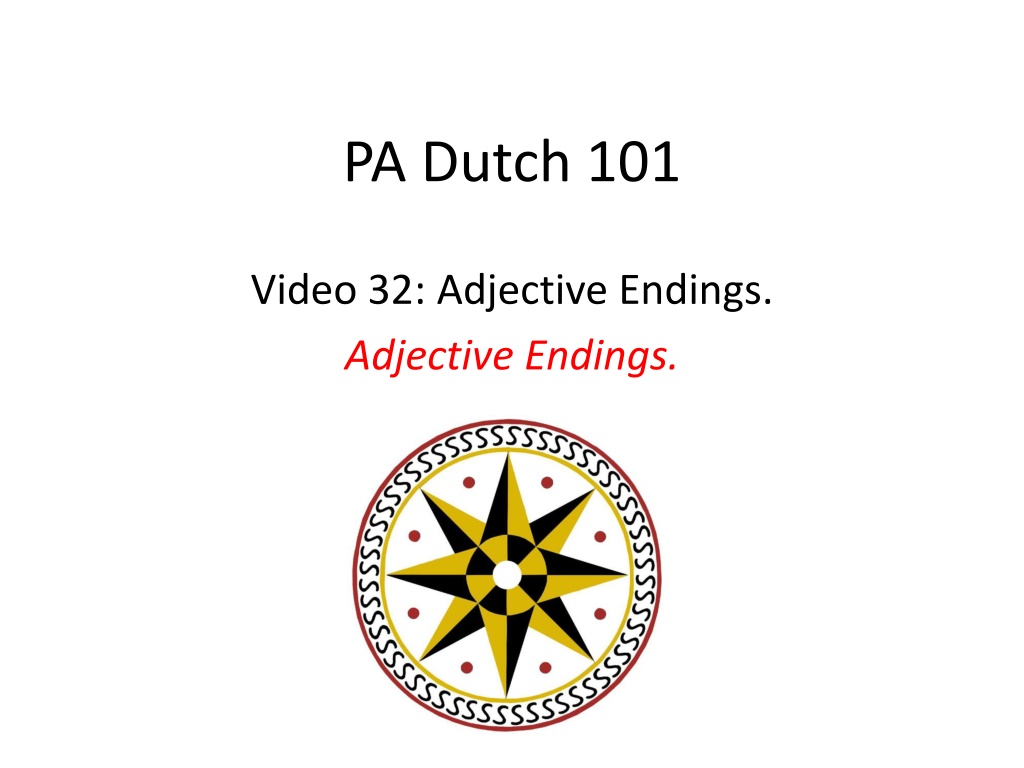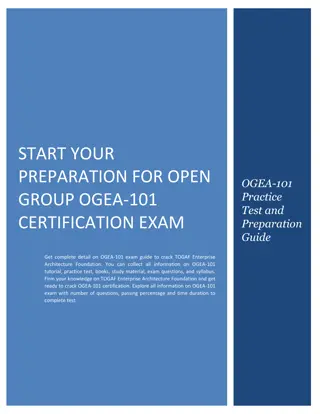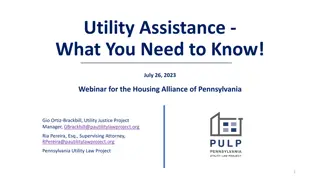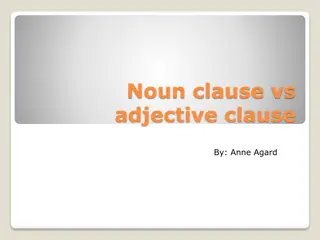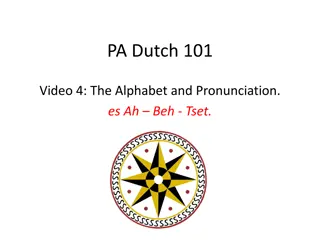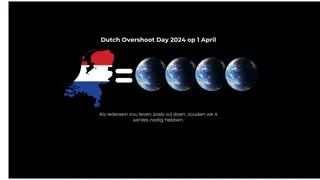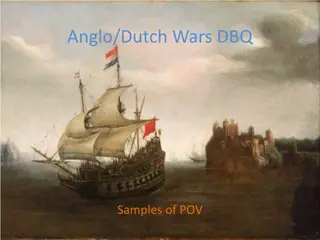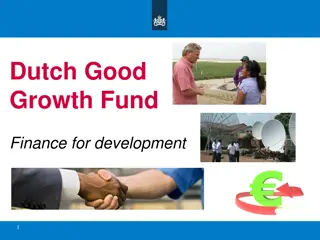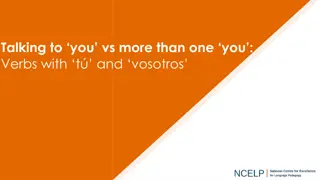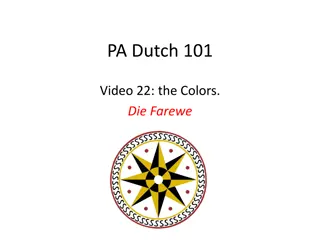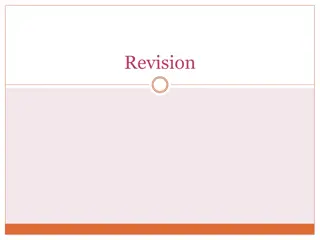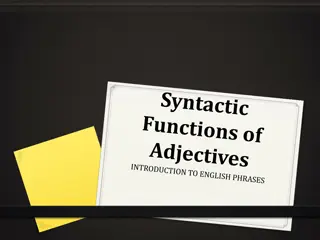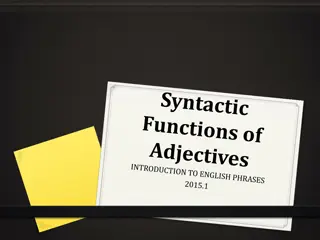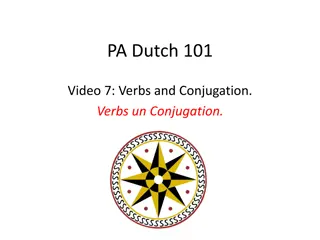Understanding Adjective Endings in Pennsylvania Dutch (PA Dutch 101)
Adjectives in Pennsylvania Dutch are used to describe nouns, similar to English. Depending on the situation, adjectives either follow special endings or do not take an ending. Three main situations affect adjective endings when used with definite articles, indefinite articles, or independently. Additionally, there are special rules for certain adjectives, such as changing final "B" to "W" or adding an "N" to adjectives ending in "E."
Download Presentation

Please find below an Image/Link to download the presentation.
The content on the website is provided AS IS for your information and personal use only. It may not be sold, licensed, or shared on other websites without obtaining consent from the author. Download presentation by click this link. If you encounter any issues during the download, it is possible that the publisher has removed the file from their server.
E N D
Presentation Transcript
PA Dutch 101 Video 32: Adjective Endings. Adjective Endings.
Adjective Endings In English as in PD, adjectives are used to describe a noun. In English, adjectives are generally used after linking verbs or immediately before nouns. After a linking verb: The house is big. Before a noun: The big house...
Adjective Endings In PD, adjectives that follow linking verbs do not take an ending: Es Haus iss gross. However, adjectives that precede nouns take special endings. There are three different situations that affect adjective endings.
Situation 1 Following a Definite Article The following endings are used when a noun is following a Definite Article (der,die) Masc. Fem. Neut. Plural Nom. Acc. Dat. x x e x x e x x e e e e
Situation 1 Following a Definite Article Der yung Mann schreibt der yunge Fraa en Brief. Die gross Schul iss graad um s Eck rum. Es alt Buch kummt vun dem alte Mann.
Situation 2 Following a Indefinite Article The following endings are used when a noun is following a Indefinite Article (en) Masc. er er Fem. Neut. es es Plural Nom. Acc. Dat. i i e e e e e e
Situation 2 Following a Indefinite Article En yunger Mann schreibt re yunge Fraa en Brief. En grossi Schul iss graad um s Eck rum. En aldes Buch kummt vun me alde Mann.
Situation 3 Not following anything The following endings are used when a noun is not following a Def. or Indef. Article. Masc. er er em Fem. Neut. Plural Nom. Acc. Dat. i i x x e e e er em
Situation 3 Not following anything Yunger Mann, wu kummscht du bei? Dicke Kinner solle wennicher esse un meh schpiele!
Special Notes: The following rules apply to adjectives: Final B becomes a W: Der Hund iss lieb. Der iss en liewer Hund. Final T becomes a D: Der Hund iss gut. Der iss en guder Hund. Adjectives that end in E add an N: Die schee Fraa iss do. En scheeni Fraa iss do. 2 or more adjectives that modify the same noun, take the same endings: En scheeni gudi Katz schloft in re Scheier.
Iewing - Practice Der ___ (alt) Schulmeeschder iss am lese. Der alt Schulmeeschder iss am lese. En ___ (reich) Fraa kaaft me ___ (aarm) Mann en ___ (warm) Rock (m). En reichi Fraa kaaft me aarme Mann en warmer Rock. ___ (gut) Kaffi (m) schmeckt mir arrig viel. Guder Kaffi schmeckt mir arrig viel.
Some things to think about: Adjective Endings can be very difficult at first, but don t give up! Try to memorize the ending charts as quickly as possible. For each situation ask yourself these three questions: 1. What is the Adjective following? 2. What is the Gender of the Noun? 3. What Case is the noun in?
Finally Many native PD speakers do not always use the correct endings, don t be discouraged by that. Learn the endings and use them properly!
Bis die naegschde Video, Macht s gut un schwetzt Deitsch! E-Poscht schreiwe: busterpa@yahoo.com
